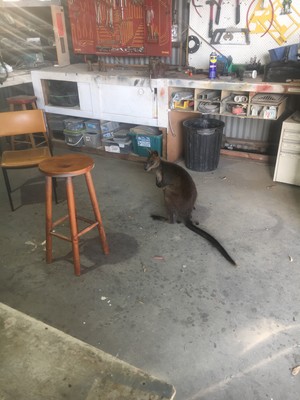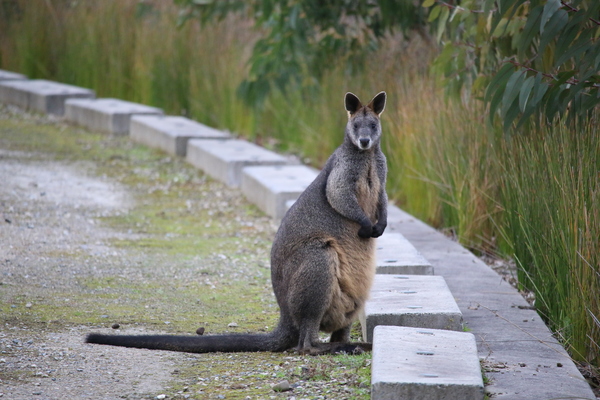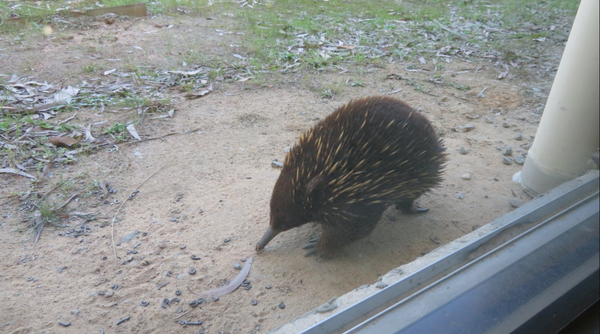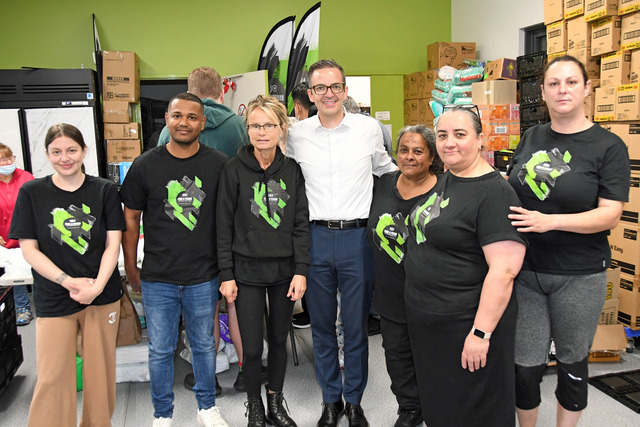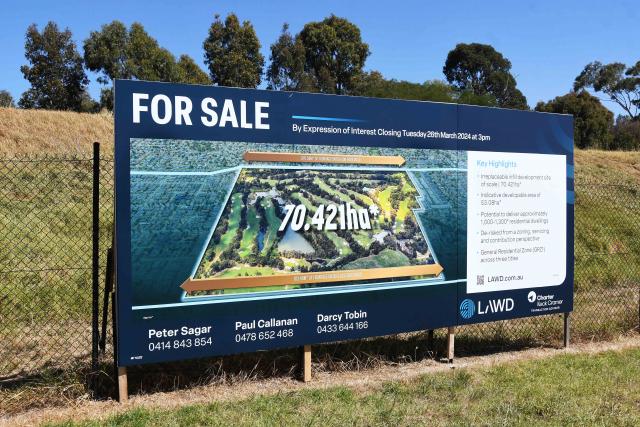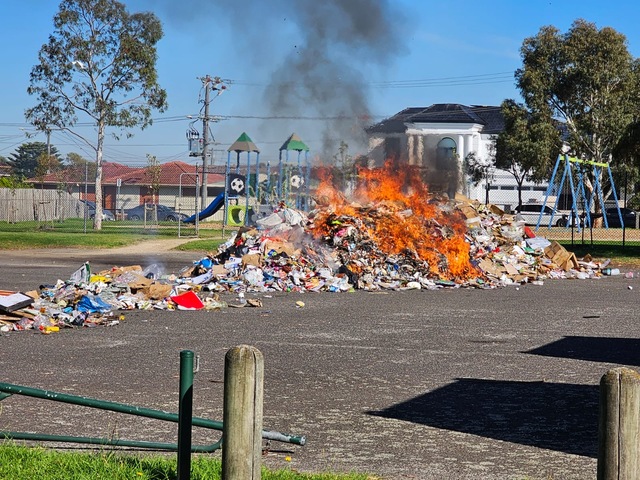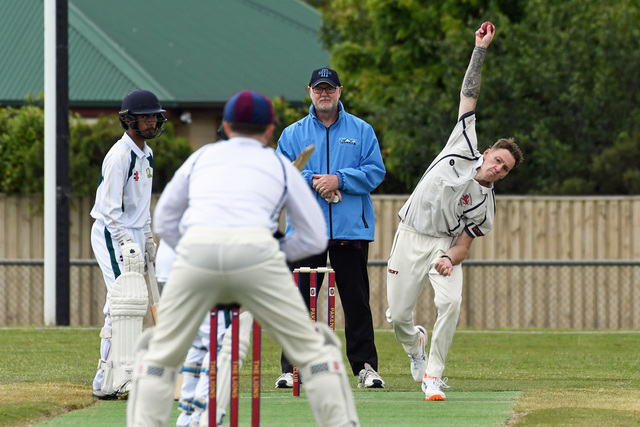A curious swamp wallaby has been one of many bold animals to wander into public spaces at Cranbourne’s Royal Botanic Gardens in recent days.
With less people around, species of all kind including wallabies, birds, frogs, wombats, echidnas and the only remaining urban population of Southern Brown Bandicoots, have been venturing from their remnant bushland and making visits to the Gardens’ horticulturists and office staff.
As the Gardens’ gates remain closed to the public to help contain the spread of Covid-19, the manager of the Gardens’ environmental systems, Ricardo Simao, said it had been “fascinating to see the wildlife living within the bushland explore their surrounds a little further than they usually would”.
“Just this week we had a wombat visit the office window and a bandicoot turn up to the visitor centre and we’ve also seen more birds of prey like eagles flying lower in the public areas,” he said.
According to Australian Bureau of Statistics, Cranbourne is one of the fastest growing suburbs in Australia, and Cranbourne Gardens, once surrounded by farmland, is now neighboured by high density housing. This change makes the importance of the team’s conservation of its 363 hectares of native Australian bushland, endangered native animals and flora, even more important.
“Over the past month we have planted several thousand plants along the Eucalyptus Walk and many other areas of the Australian Garden, commenced a tree management program, freshened up display gardens and potted up flora for spring planting,” John Arnott, manager of horticulture, said, adding staff had been pressing on with important conservation work.
To connect with the Gardens at a distance, visit: https://www.rbg.vic.gov.au/virtualgarden/

